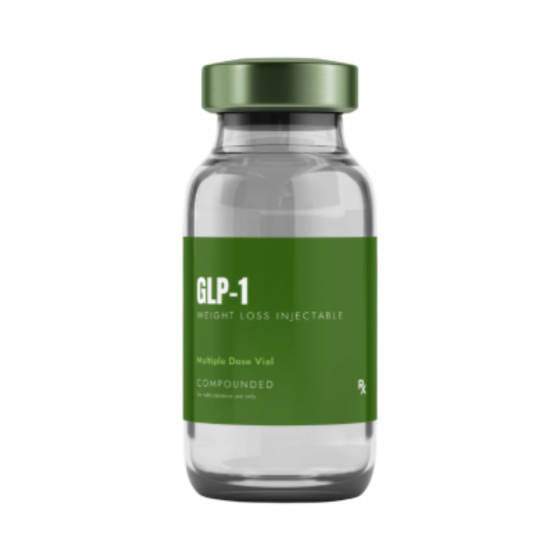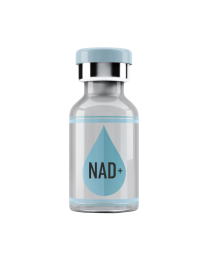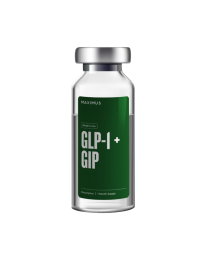Authorized Reseller
GLP-1 25mg/5mL is a glucagon-like peptide-1 receptor agonist used as a once-weekly injection to support chronic weight management in adults with obesity or who are overweight with weight-related health conditions. It works by reducing appetite, increasing feelings of fullness, and helping to lower calorie intake, which leads to significant and sustained weight loss when combined with diet and exercise.
GLP-1 25mg/5mL is an injectable prescription medication designed to aid in chronic weight management in adults who are classified as obese (BMI ≥30) or overweight (BMI ≥27) with at least one weight-related health condition, such as hypertension, type 2 diabetes, or high cholesterol. It is part of the GLP-1 receptor agonist drug class and is typically administered once weekly via a subcutaneous injection in the abdomen, thigh, or upper arm. GLP-1 works by mimicking the action of glucagon-like peptide-1 (GLP-1), a natural hormone that regulates appetite and food intake. It helps suppress hunger, increase satiety (feelings of fullness), and reduce cravings, leading to a decrease in calorie consumption. Additionally, it slows down gastric emptying, which further prolongs the feeling of fullness after eating. Clinical studies have demonstrated that GLP-1, when combined with a reduced-calorie diet and increased physical activity, can lead to significant and sustained weight loss. Many individuals achieve a weight reduction of 15% or more of their initial body weight over the course of treatment. The 25mg/5mL concentration provides a convenient formulation for titrating to higher maintenance doses, under the supervision of a healthcare provider. Dosing typically starts at a lower amount and gradually increases to minimize side effects and allow the body to adjust. Common side effects include nausea, vomiting, diarrhea, constipation, and abdominal discomfort, especially during the initial dose escalation period. Less common but serious risks include pancreatitis, gallbladder disease, kidney problems, and a potential risk of thyroid C-cell tumors, based on animal studies. Because of this, GLP-1 is not recommended for people with a personal or family history of medullary thyroid carcinoma (MTC) or multiple endocrine neoplasia syndrome type 2 (MEN 2). GLP-1 for weight loss should be used as part of a comprehensive weight management program that includes a healthy diet, regular exercise, and behavioral changes to support long-term success.
| Benefits |
|
|---|---|
| FAQs | 1. What is Semaglutide 25mg/5mL used for? 2. How does Semaglutide help with weight loss? 3. How is Semaglutide 25mg/5mL administered? 4. How much weight can I expect to lose with Semaglutide? 5. How soon will I see results? 6. Do I need to follow a specific diet while taking Semaglutide? 7. Are there any common side effects? 8. Are there serious risks I should be aware of? 9. Can I take Semaglutide if I have type 2 diabetes? 10. What happens if I miss a dose? 11. How long can I stay on Semaglutide? 12. Is Semaglutide safe during pregnancy or breastfeeding? 13. Will I regain weight if I stop taking Semaglutide? |
| Brand | Heal Well |
Chronic Weight Management: Semaglutide is recommended as an adjunct to a reduced-calorie diet and increased physical activity for chronic weight management in adults who are:
● Obese (Body Mass Index [BMI] of 30 kg/m² or greater)
● Overweight (BMI of 27 kg/m² or greater) with at least one weight-related condition (e.g., hypertension, type 2 diabetes, dyslipidemia)
Patients with Weight-Related Health: Conditions It is recommended for individuals who are overweight and have weight-related comorbidities, such as:
● Type 2 diabetes
● High blood pressure
● High cholesterol
● Obstructive sleep apnea
● Cardiovascular risk factors Individuals
Needing Additional Support for Weight Loss: Semaglutide is appropriate for adults who have struggled to lose weight or maintain weight loss with diet and exercise alone and require pharmacological support.
Long-Term Use for Weight Maintenance: After achieving weight loss goals, semaglutide may be continued long-term to help maintain weight loss and prevent weight regain, as part of a comprehensive weight management plan.







